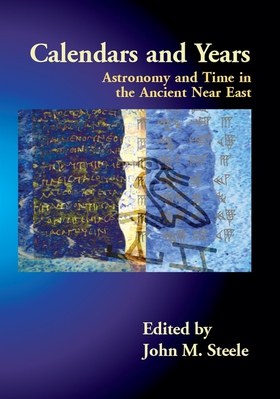
Lägg till önskelistan
Calendars and Years e-bok
Pris
115 kr
Dates form the backbone of written history. But where do these dates come from? Many different calendars were used in the ancient world. Some of these calendars were based upon observations or calculations of regular astronomical phenomena, such as the first sighting of the new moon crescent that defined the beginning of the month in many calendars, while others incorporated schematic simplifications of these phenomena, such as the 360-day year used in early Mesopotamian administrative practi...
E-Bok
115 kr
Pris
Förlag
Oxbow Books
Utgiven
15 Februari 2021
Längd
176 sidor
Genrer
Historia & Arkeologi, Fackböcker
Språk
English
Format
epub
Kopieringsskydd
Vattenmärkt
ISBN
9781782974932
Dates form the backbone of written history. But where do these dates come from? Many different calendars were used in the ancient world. Some of these calendars were based upon observations or calculations of regular astronomical phenomena, such as the first sighting of the new moon crescent that defined the beginning of the month in many calendars, while others incorporated schematic simplifications of these phenomena, such as the 360-day year used in early Mesopotamian administrative practices in order to simplify accounting procedures. Historians frequently use handbooks and tables for converting dates in ancient calendars into the familiar BC/AD calendar that we use today. But very few historians understand how these tables have come about, or what assumptions have been made in their construction. The seven papers in this volume provide an answer to the question what do we know about the operation of calendars in the ancient world, and just as importantly how do we know it? Topics covered include the ancient and modern history of the Egyptian 365-day calendar, astronomical and administrative calendars in ancient Mesopotamia, and the development of astronomical calendars in ancient Greece. This book will be of interest to ancient historians, historians of science, astronomers who use early astronomical records, and anyone with an interest in calendars and their development.




